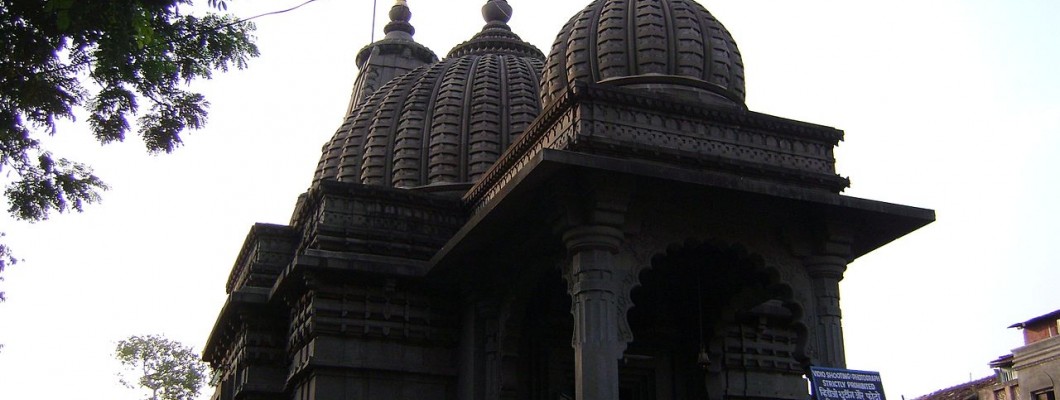
Located at Nashik, Maharashtra, The Kalaram temple is
dedicated to Lord Rama. It was built around 1788 by Sardar Rangarao Odhekar.
The temple derives its name from the statue of Lord Rama that is black in
colour. The temple formed a pivotal role in the Dalit movement in India. B. R.
Ambedkar led a protest outside the temple on 2 March 1930, in order to allow
Dalits into the temple. The sanctum sanctorum also houses the statues of
goddess Sita and Lakshman.
Location Maharashtra, Nashik, Mumbai
Legend
The temple was funded by Sardar Rangarao Odhekar, and was
built around 1788. It is believed that Odhekar dreamt of a statue of Rama in
black colour that was submerged in the Godavari River. Odhekar took the statue
from river and built the temple. The legend has it that Lord Rama visited
Panchvati during Treta Yuga and His footprints are believed to be there in the
temple. Sita Gupha (Sacred Sanctorum) is believed to have been the residence of
Sita Mata Herself.
Architecture
The temple has been constructed completely out of black
stone and four entrance doors, one each facing East, West, South and North. The
summit of the Kalaram Mandir is made up of 32 tons of gold. Surrounding the building of the Kalaram
Mandir is walled enclosure, which comprises of 96 pillars. The enclosure is
entered from eastern side, through an arched portal. The stone used in
construction of the temple was brought from Ramshej. The temple is around 70
feet high and has a gold-plated peak. Situated near the sanctum sanctorum is
Sita Gumpha.
Picture Courtesy: commons.wikimedia.org
Culture
Panchvati has a very strong religious tradition that is
believed to have been borne out of its connection with Ramayana. Nashik is home
to the grand Kumbha Mela. Even excluding festive times, Nashik is a confluence
of religious and spiritual practices.
The rivers here are considered sacred and rituals are performed for both
the living and the dead. The city has kept up with the modern advancements with
its traditional roots still intact. On Ashwin Dussera, a palki festival is
celebrated like most popular temples in India.
Darsan Info
Temple timings:
Morning 06:00 A.M. to 12:00 P.M.
Evening 5:00 P.M. to 8:00 P.M.
Darsan Dresscode
No Specific Dress code
Famous Festival
March - Gudi Padwa
April - Shree Ram Navratra, Ramnavami
November - Dassehra
Temple Rituals
5:30 A.M. to 6:30 A.M
- Kakad Aarti.
7:00 A.M. to 8:00 A.M.- Sanai Vadan & Bhupali
8:00 A.M. to 10:00 A.M. - Mangal Aarti of Lord Ram.
10:30 A.M. to 1:00 P.M. - Mahanyas Pooja of Lord Ram and
Maha Aarti.
7:00 P.M. to 8:00 P.M.
- Shej Aarti of Lord Ram.
8:00 P.M. to 10:00 P.M. - Kirtan.
Special Rituals
The festival of Ramnavami, Dussehra and Chaitra Padwa (Hindu
New Year Day) are celebrated with much fanfare at the temple. During this time
thousands of devotees come to catch a glimpse of the Lord Ram.
Additional Info
![]()
Jay Hind Hindu Hotel (+91) 9850808091
Shree Krishna Dattakupa Hotel (+91) 9890106714
Hotel Samarth (+91) 9922367657
Hotel Panchratna (+91) 9881265889
![]()

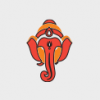









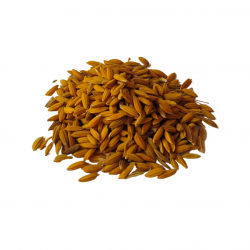
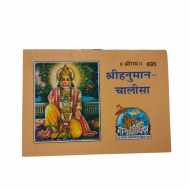
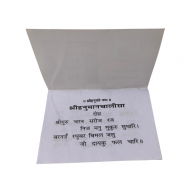
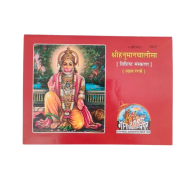
-190x190.png)
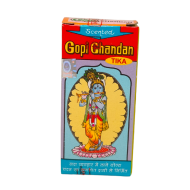
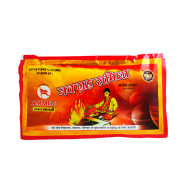
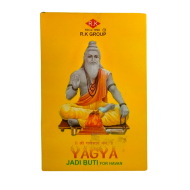

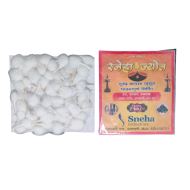
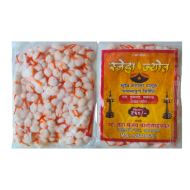
Leave a Comment